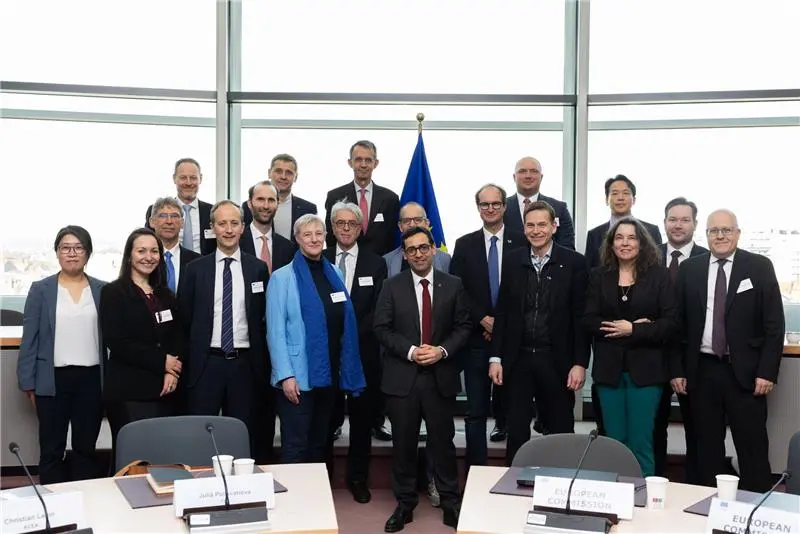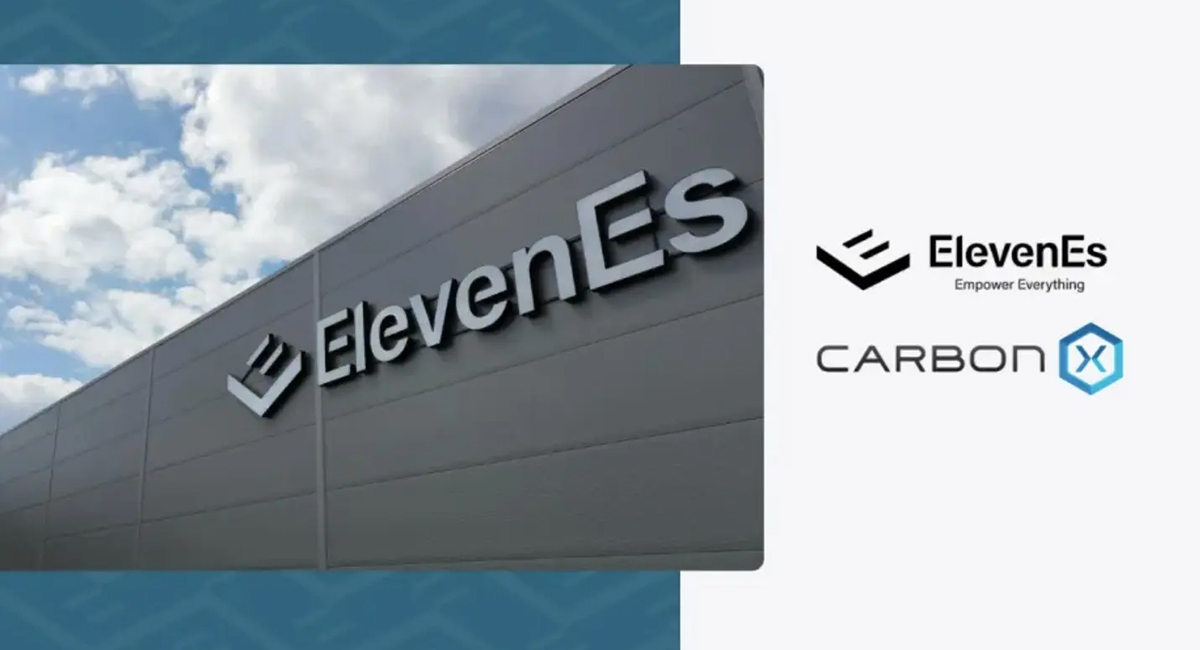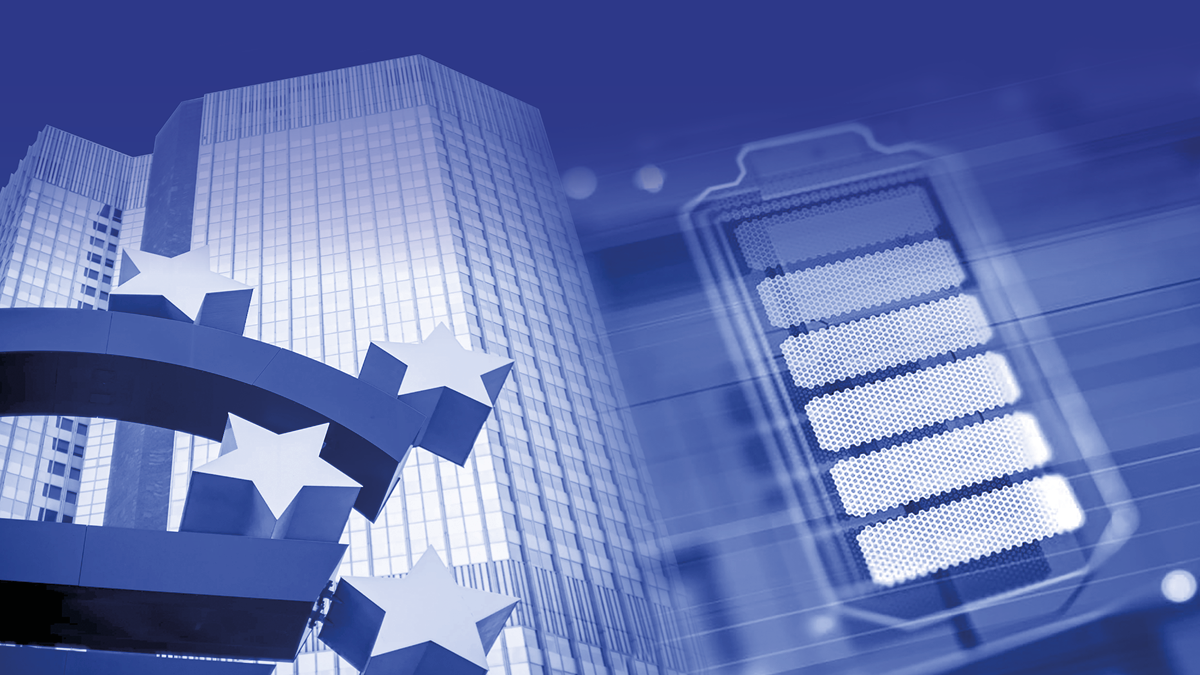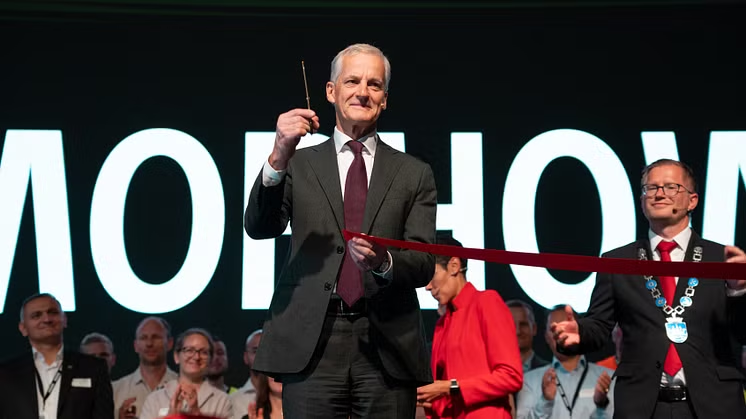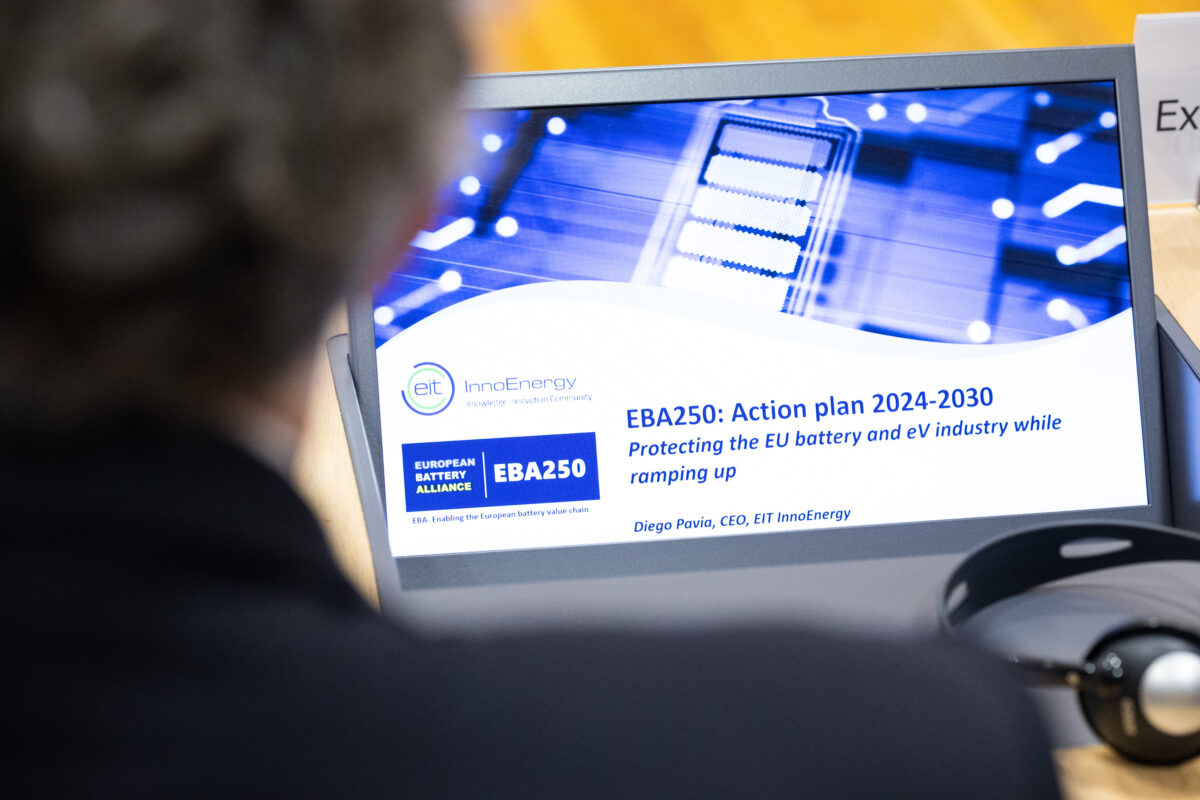
Jul 22, 2021
EBA250 Summer highlights
Before logging off for the summer break, we would like to come back on some recent activities and progress that took place during the first half of 2021.
2021 opened with a new milestone for the European Battery Alliance (EBA). In January, the European Commission approved indeed a €2.9 billion state aid for a second Important Project of Common European Interest (IPCEI). The project, called “European Battery Innovation (EuBatIn)” was jointly prepared and notified by 12 Member States to support research and innovation in all segments of the battery value chain, and complements the first IPCEI on batteries that the Commission approved in December 2019.
Combining this with several other EU regulatory initiatives under review by the EU institutions reflect that the batteries are still very high on the political agenda, and for the good of the industry.
Growing investments across the battery value chain
The strong political impulse from the European Union has indeed provided the necessary incentives to companies to carry out further investments across the battery value chain. From raw material extraction to recycling, from cell manufacturing to applications, the positive trends that have been growing since the launch of the EBA are accelerating.
We have noticed more positive developments within domestic mining and supply of sustainable raw material took place in the first half of 2021 in Europe, with several initiatives and cooperations being announced.
Also, large-scale battery cell manufacturing initiatives keep on booming in Europe. According to Transport & Environment latest estimate from May 2021, the EU and the UK count not less than 38 gigafactories in the making, whether under construction or planned. If all these projects evolve as planned, Europe would capture a 20% share of the global battery cell production by 2025, reaching the second position behind China. Partnerships between battery cell manufacturers and OEMs have continued and support this trend.
On the application side, we have noticed an increasing number of stationary grid connected batteries, serving an increasing number of functions, allowing Europe to catch up with other parts of the world. The investments associated to that are also growing and illustrate the strong faith in the business case.
Finally, several new battery recycling initiatives in Europe have also been announced recently. They will be key to secure access to valuable raw materials while building more resilient supply chains for batteries materials and securing Europe’s position as a leader in the circular economy.
A role model for strategic value chains worldwide
Only a few years ago, Europe was hardly present in the battery industry landscape. But the European Battery Alliance has turned the region into a battery hotspot, rapidly closing the investment gap with its major Asian competitors. The success of the EBA is now recognised beyond the European borders and several countries like the US, Canada or India have referred to the EBA as a model to replicate.
We are pleased to see that the work undertaken less than four years ago is acknowledged worldwide and look positively to similar initiatives. The challenge to accelerate the electrification of the transport sector is massive and all regions must step up and contribute to this development.
Europe, clear leader in BEV adoption
The electrification trend that Europe has seen in 2020 despite the pandemic and an overall declining automotive market shouldn’t stop here. Latest market estimate show that Europe will continue to be a leader in BEV adoption and there will be a clear dominance of BEV on the European market by 2030, with a share estimated between 65 to up to 85% depending on the source.
In addition, the new targets recently set by European OEMs will further fuel the battery industry. 2021 has indeed started with very decisive actions from key European suppliers to accelerate their electrification plans, with new and ambitious targets set. As examples:
- Daimler will electrify its entire fleet by 2035;
- BMW aims at building “a quarter of a million more electric cars than originally planned between 2021 and 2023 and double the share of electrified vehicles from 8% in 2021 to 20 % by 2023;
- Peugeot will electrify its entire line-up by 2023;
- Volvo will only sell full electric cars by 2030;
- Volkswagen has indicated that by 2030, 70% of its vehicles sold in Europe will be fully electric, which represents around five million cars.
This represents a significant increase in the ambitions from the European OEMs, which will ultimately affect the battery demand while putting even more pressure on the supply side, not only for battery cells but also for battery materials. It is worth also noting that heavy-duty vehicles are also turning electric. Several initiatives and announcements from OEMs indicate that battery drive train will be chosen for heavy-duty long-haul trucks.
Accelerating domestic supply of battery raw and active materials
In this context, it is critical to strengthen the local sustainable sourcing and processing of raw materials used in batteries as well as local production of key components. As highlighted earlier in this article, several initiatives in this space, all abiding by EU environmental requirements, are underway. However, they will only partially satisfy the battery ecosystem’s needs by 2025, and further actions are needed to strengthen and accelerate this part of the value chain.
Knowing that Europe counts today over two million EVs on its roads, speeding up battery recycling capacities could therefore also greatly contribute in addressing the access to valuable raw materials.
Addressing the emerging skills gap
Another critical point to success is the ability for Europe to address the emerging skills gap. It is indeed estimated that Europe will need approximately 800.000 qualified workers to operate in its new battery industry by 2025. The training platform EBA Academy was recently launched by EIT InnoEnergy to support Europe in meeting its up-/reskilling need. Spain and France will be the first European countries to deploy the EBA Academy. We should see more Member States signing in country-specific project proposals in the near future.
To conclude, we want to underline that the European battery industry made solid progress despite the continuing Covid-19 crisis. In this context, we strongly believe that our ambition to develop a competitive, sustainable and resilient battery value chain in Europe is within reach. We are looking forward to further collaborating with the EBA250 network community to address the remaining challenges after the break. Until then, we wish you a nice summer.
More EBA250 news
InnoEnergy, the driving force behind the EBA250 initiative, introduces today its new brand identity,…
The new EU-funded facility will enhance global raw materials partnerships and access to Critical…
Last week, InnoEnergy and EBA250 represented the battery value chain in Brussels alongside Verkor…
ElevenEs, a European LFP lithium-ion battery manufacturer, has signed a Joint Development Agreement with…
The European battery industry has come a long way since the launch of the…
The 2024 Innovation Fund calls for proposals have been launched this week, with a…
Altris, a pioneering Swedish developer of sodium-ion battery technology, has reached significant milestones that…
Last Friday, Morrow Batteries officially inaugurated the first giga-scale LFP (Lithium Iron Phosphate) cell…
On May 24, 2024, the 8th High-Level Meeting of the European Battery Alliance (EBA)…
Following the recent announcement from EVP Šefčovič on the need to support manufacturing of…


